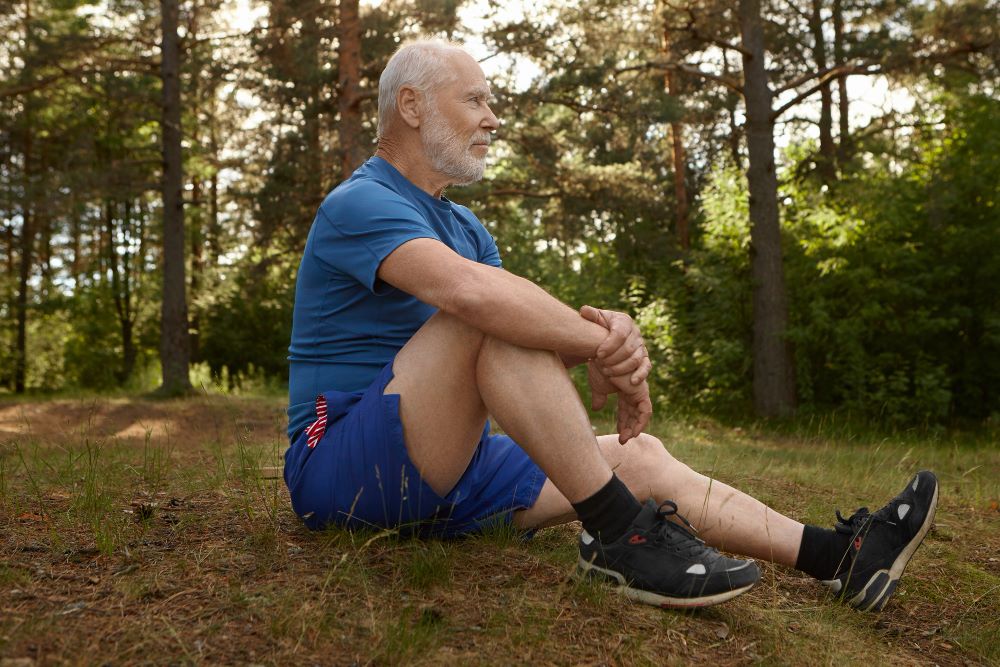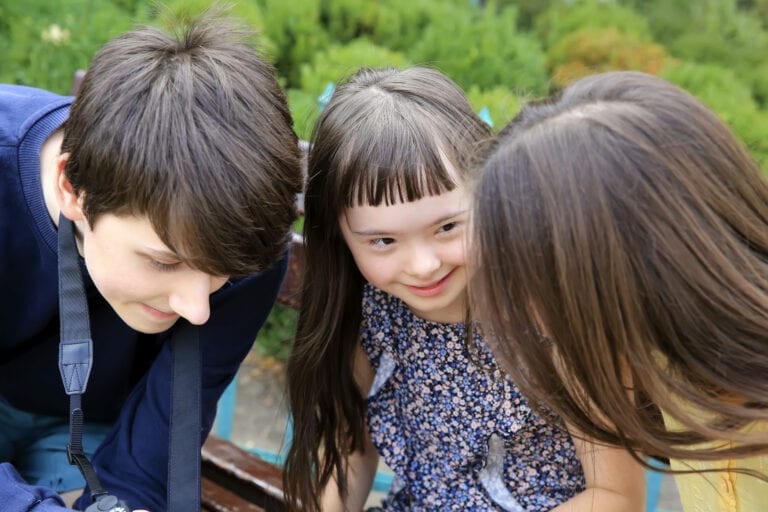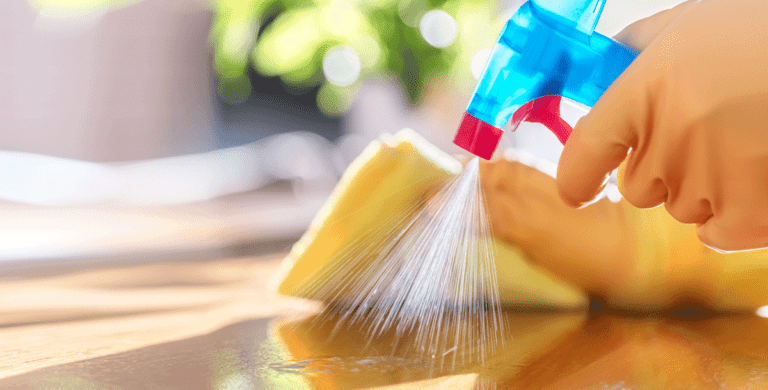An In-Depth Look at the Causes and Remedies
Are you curious about the reasons behind why the elderly often shuffle their feet? In this comprehensive article, we will delve into the various factors that contribute to this common phenomenon. We’ll explore the physiological and psychological aspects that may lead to shuffling, and we’ll also discuss potential remedies and preventive measures. So, let’s get started and uncover the mysteries behind why the elderly shuffle their feet.
Shuffling gait is a term used to describe a peculiar walking pattern characterized by small steps and a dragging or scraping of the feet along the ground. It is more commonly observed in older individuals and can be a sign of an underlying health issue. While it may seem like a minor inconvenience, it’s important to understand the potential causes behind this gait abnormality to ensure the well-being and safety of our elderly loved ones.
Learn More: About From The Heart Home Care
Table of Contents
- An In-Depth Look at the Causes and Remedies
- The Physiology of Shuffling Gait
- Psychological Factors and Shuffling Gait
- Remedies and Preventive Measures
- Conclusion
The Physiology of Shuffling Gait
Shuffling gait can be attributed to a combination of physiological changes that occur with aging. One of the main factors is a decline in muscle strength and flexibility. As individuals age, muscle mass naturally decreases, leading to a decrease in power and coordination during walking. This reduction in strength can result in difficulty lifting the feet properly, leading to a shuffling motion.
Another contributing factor is joint stiffness and reduced range of motion. With age, joints can become less flexible and more prone to stiffness. This can affect the ability to achieve a normal stride length and smoothly roll the feet from heel to toe while walking.
Furthermore, changes in balance and posture can also play a role in shuffling gait. As people age, they may experience a decline in balance and stability, making it challenging to maintain a steady gait. This can result in shorter steps and a shuffle-like movement to compensate for the lack of stability.
Learn More: Cancer Care at Home in Greenville
Psychological Factors and Shuffling Gait
It’s important to note that shuffling gait can sometimes be associated with certain psychological factors as well. Conditions such as Parkinson’s disease and dementia can contribute to gait abnormalities, including shuffling. These conditions affect the brain and nervous system, leading to motor control issues and difficulty with coordinated movements.
Additionally, fear of falling can also influence gait patterns. The elderly may adopt a shuffling gait as a precautionary measure to minimize the risk of tripping or losing balance. While this may seem counterintuitive, it’s a common response to a fear that can have a significant impact on walking patterns.
Learn More: Respite In Home Care Services in Greenville
Remedies and Preventive Measures
Now that we have explored the reasons why the elderly shuffle their feet, let’s discuss some remedies and preventive measures that can help address this issue.
- Exercise and Physical Therapy: Regular exercise and physical therapy can improve muscle strength, flexibility, and balance, which can in turn help alleviate shuffling gait. Targeted exercises that focus on leg strength and coordination can be particularly beneficial.
- Assistive Devices: The use of assistive devices, such as canes or walkers, can provide stability and support while walking. These devices can help improve balance and confidence, reducing the likelihood of shuffling.
- Footwear: Wearing appropriate footwear is crucial in maintaining a proper gait. Shoes with good arch support, cushioning, and a non-slip sole can improve stability and reduce the risk of tripping.
- Home Modifications: Making necessary modifications to the home environment can minimize fall hazards and create a safer space for the elderly. Removing loose rugs, installing handrails, and improving lighting can significantly reduce the risk of falls and encourage a more natural walking pattern.
- Medication Review: In some cases, shuffling gait may be a side effect of certain medications. Consulting with a healthcare professional to review the medication regimen can help identify and address any potential drug-induced gait abnormalities.
- Regular Check-ups: Routine check-ups with healthcare providers are essential for monitoring and managing any underlying conditions that may contribute to shuffling gait. Regular assessments can help identify early signs of neurological or musculoskeletal issues and allow for timely interventions.
Conclusion
Shuffling gait is a common occurrence among the elderly, often resulting from a combination of physiological and psychological factors. Understanding the underlying causes can help us take appropriate measures to address and manage this gait abnormality. By implementing remedies such as exercise, assistive devices, and home modifications, we can improve mobility and enhance the quality of life for the elderly. Remember, consulting with healthcare professionals is crucial for an accurate diagnosis and personalized treatment plan. So, if you notice a loved one shuffling their feet, don’t hesitate to seek professional advice and support.







